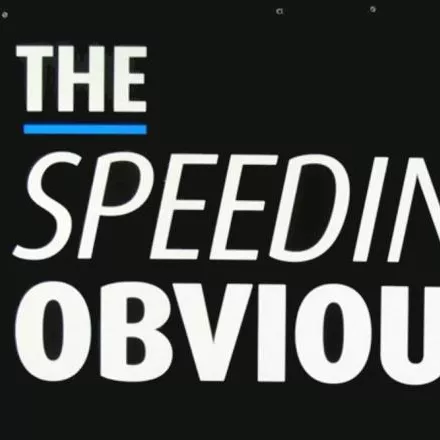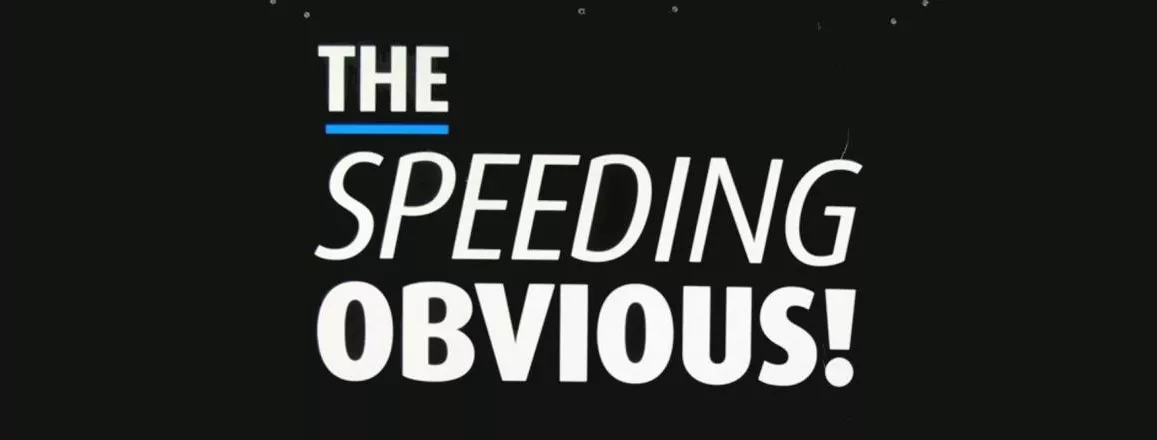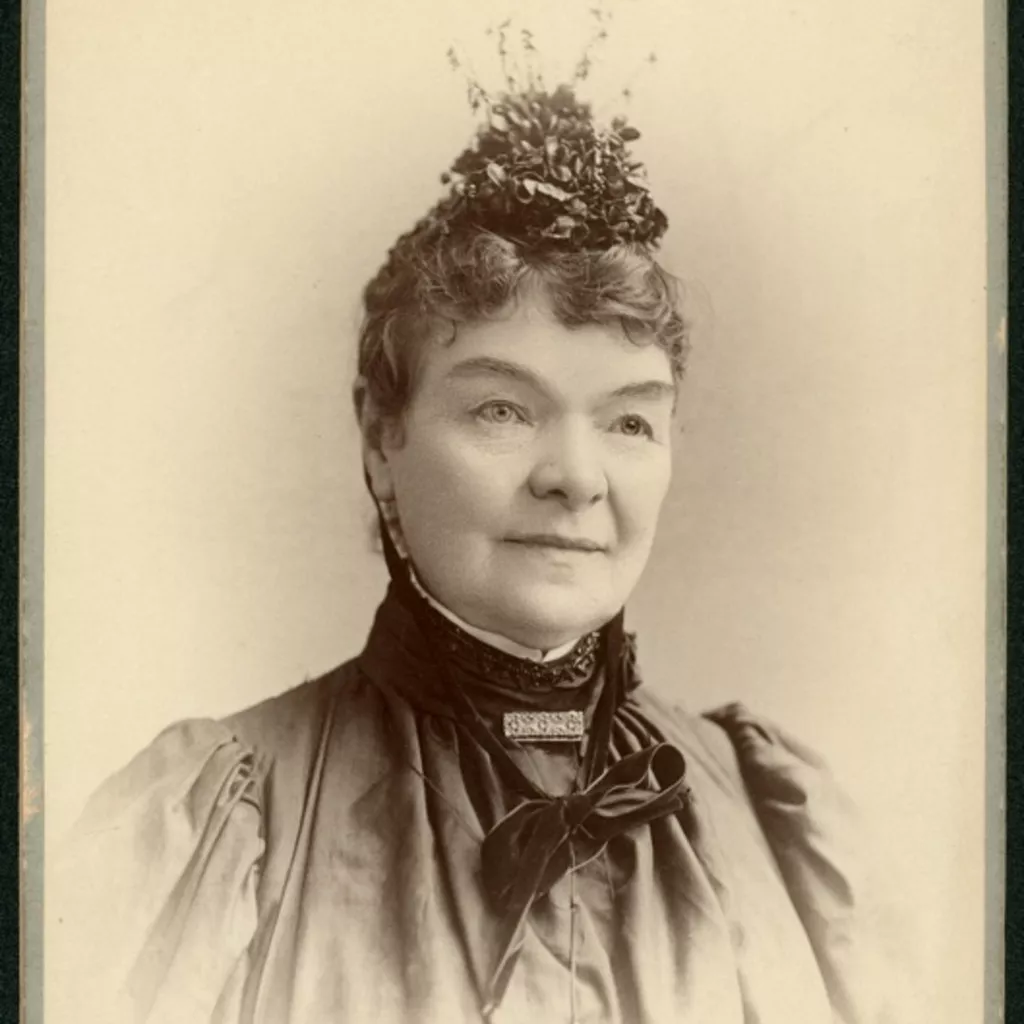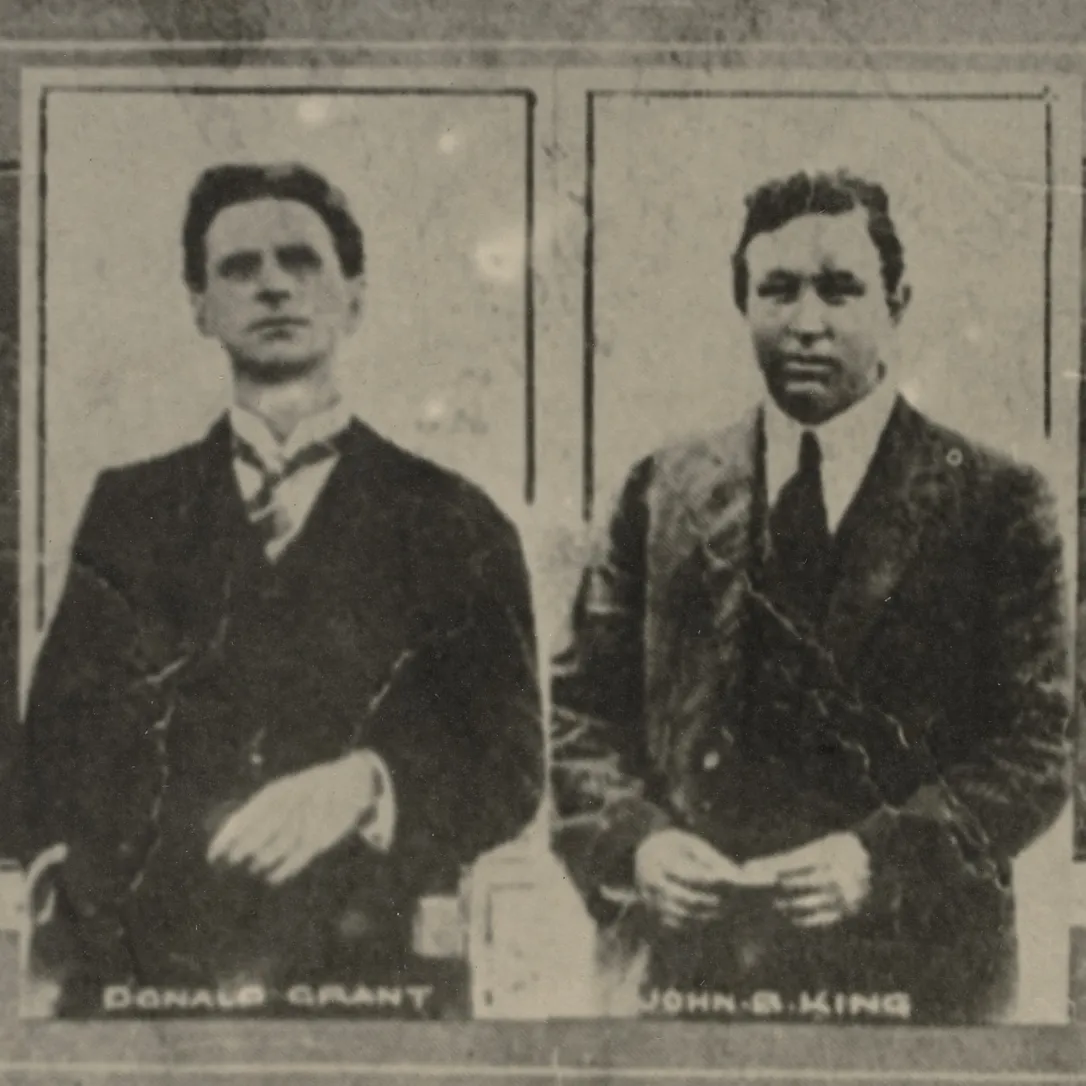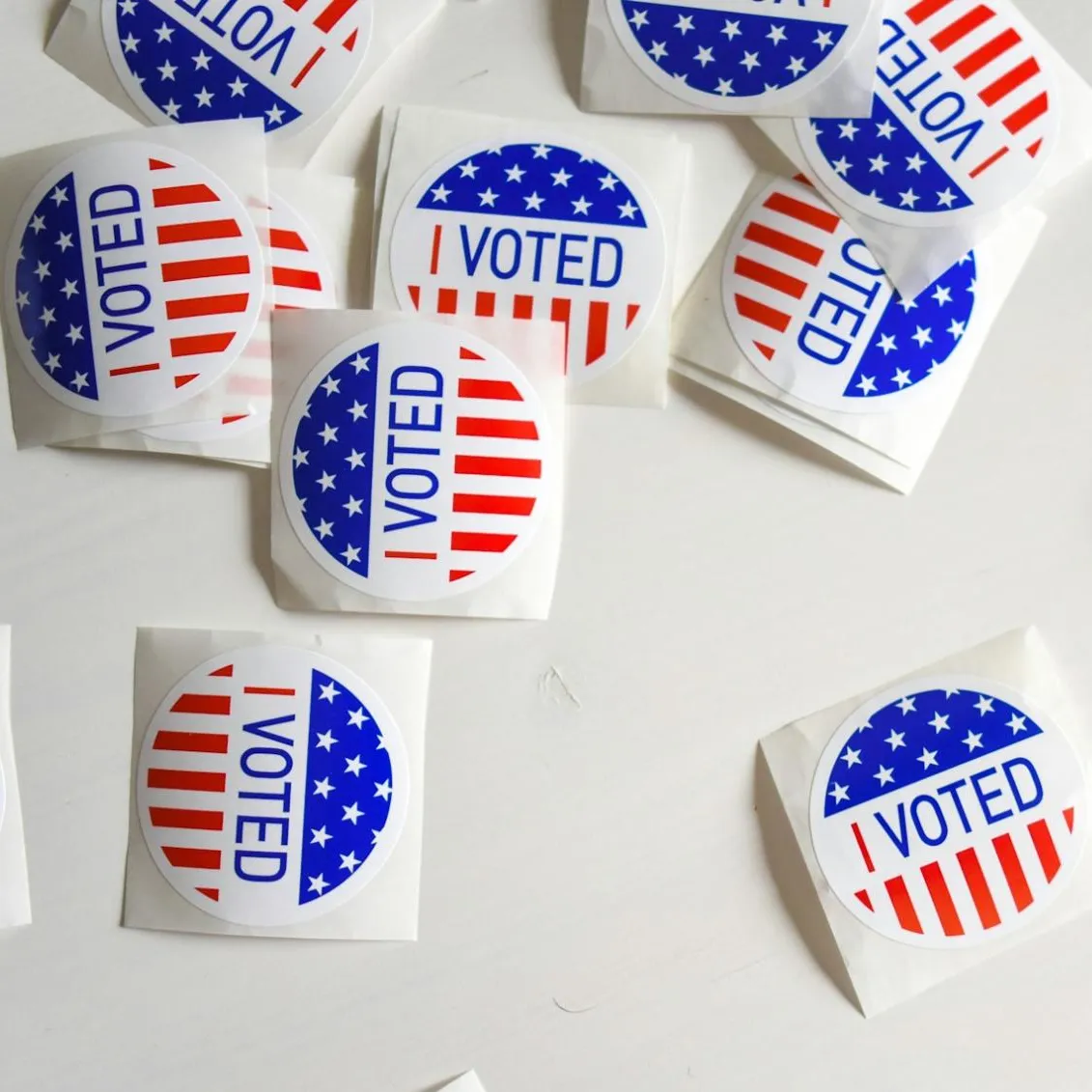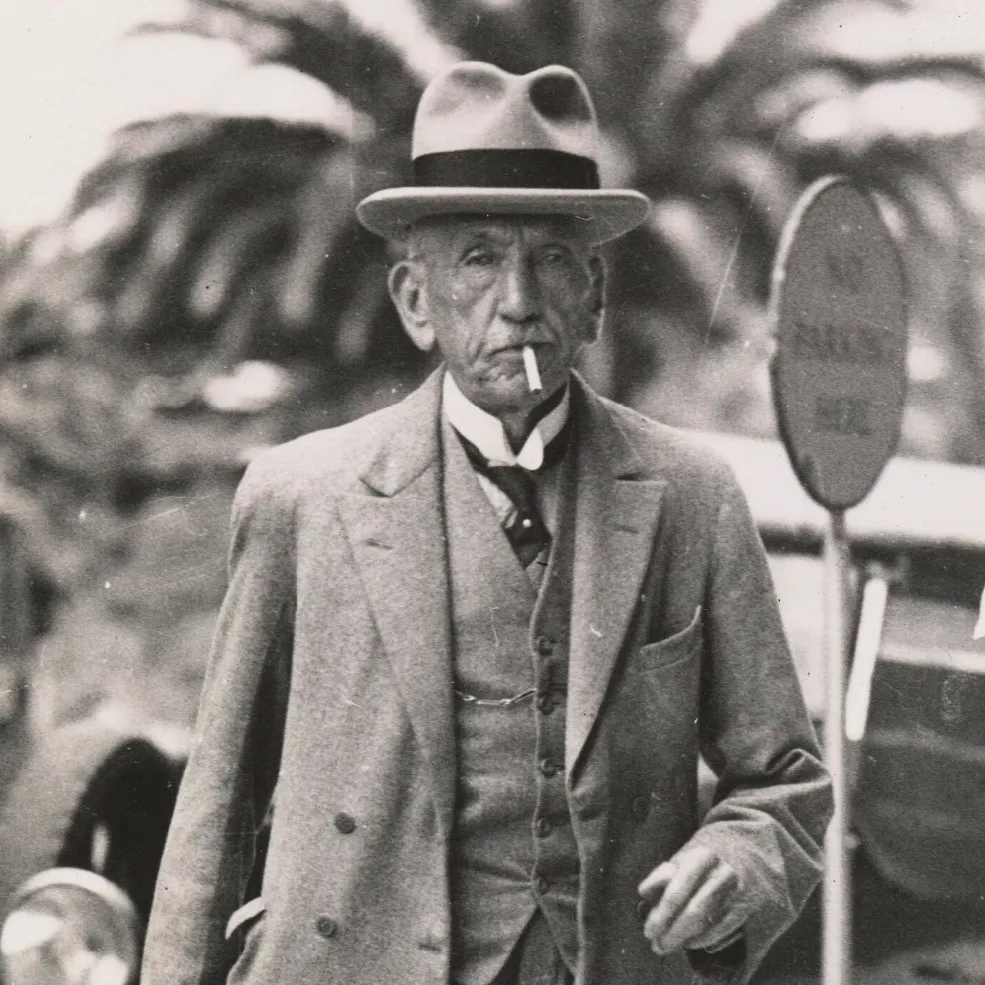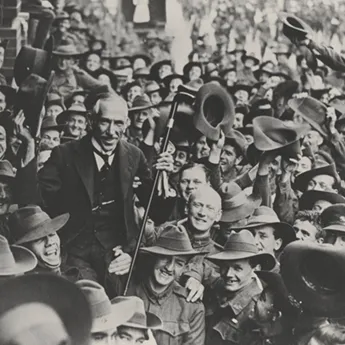Let's get this party started: starting your own political party in Australia
- DateTue, 14 Apr 2015
April 2015 saw the launch of a new political party in Australia, John Madigan's Manufacturing and Farming Party, by Senator Madigan of Victoria.
The Federal Parliament, as at April 2015, contained representatives from 13 different parties. This was more than had ever previously been represented in the parliament before, as more and more voters turned to minor parties. The right to form a political party is an important one in any democracy, and it is one more Australians are exercising now than ever before. According to the Australian Electoral Commission there were 59 parties currently registered federally at that time, with there being additional parties registered only in one state or council area.
Maybe you're thinking about starting your own party. You can! You don't actually need very much at all. Anyone can form a party and campaign for any issue they like, at any time. But in order to register your party, and thus appear with that party name on a ballot paper, you need to have a written constitution and a certain number of members.
A party without any sitting MP or Senator needs 500 members, and you can't use members that someone else already has. It's not illegal to be a member of multiple parties, but if you're registered for one, you can't be used to make up the numbers to register another. If you do have a sitting MP or Senator, that's all you need, as well as the constitution. You also need to pay a $500 registration fee.
Registering the party's name can be tricky, because in order to avoid confusion names have to be sufficiently different. Clive Palmer encountered this problem when he tried to register the name United Australia Party; the existing party Uniting Australia objected. Similarly, when Katter's Australian Party was first registered, the shortened version without Katter's name was found to be too generic and too confusing. This might be another reason why this trend of including the founder's name has taken off.
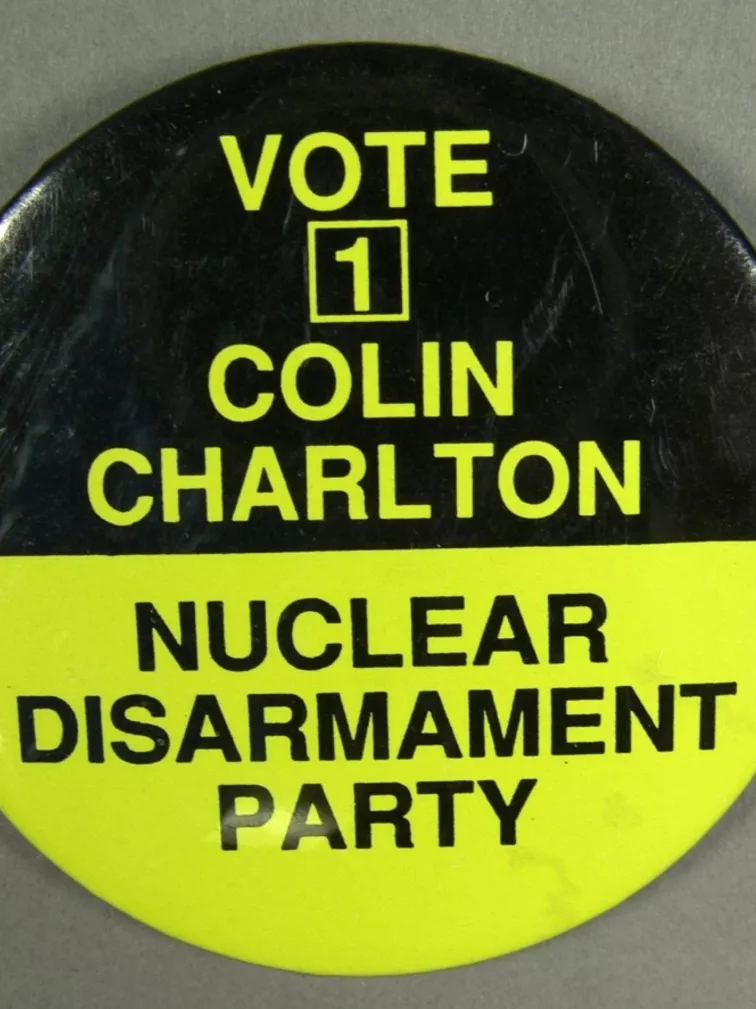

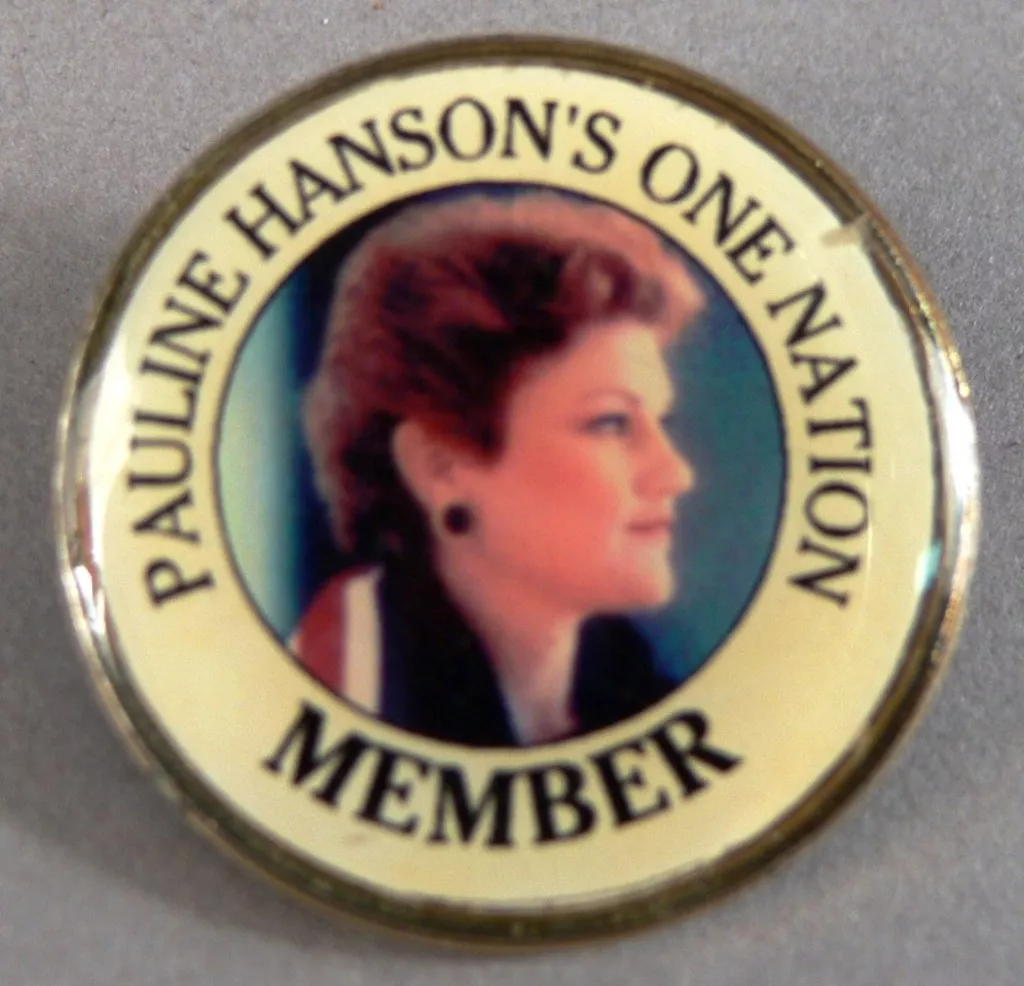
Of course, forming your own party is only the first in a long line of steps. You can't expect to sweep into the Lodge next time an election comes around. Many parties have trouble becoming firmly established, and even with large amounts of funding and advertising, breaking into the political scene is notoriously difficult.
Despite a lot of media attention, funding and high polling, Pauline Hanson's One Nation, Clive Palmer's Palmer United Party and Katter's Australian Party all won only one House of Representatives seat at their debut election.
Many minor parties, even those that have been around for decades, have difficulty getting enough candidates to contest all seats. At the 2013 federal election, only Labor, the Greens, one of the Coalition parties and Palmer United fielded a candidate in every electorate.
Of course, minor parties have greater success in the Senate, and often that is where their campaigning efforts are concentrated. In 2013 the Australian Motoring Enthusiast Party's candidate Ricky Muir was elected to represent Victoria in the Senate with only 0.5% of the vote, due to complex preference deals with other minor parties. So, while you might not be prime minister immediately after forming your party, you could end up as a senator, with a crucial vote on national legislation!
Forming new parties has been a long tradition in politics. At the first election in 1901, three parties were elected to the new Commonwealth Parliament. These were the Protectionists, the Free Traders (both of whom were loose collections of liberals and known by a variety of names in different states), and the more united Labour Party.
Small, minor parties were formed very early, but the first brand-new party to have electoral success after 1901 was the merged Liberal Party, formed by Alfred Deakin from the Protectionists and Anti-Socialists. Deakin wanted a strong, united opposition to the Labor government, and he got it with the merger. In 1917 the Liberals merged with Labor defectors into the Nationalists, and in 1931 the Nationalists merged with other Labor defectors to become the United Australia Party, which eventually became the modern Liberals.
Most new parties are formed in the Parliament themselves, from already existing members who leave one party to form their own. The most prominent example, apart from those above, is of Don Chipp's Australian Democrats. Chipp had been a Liberal MP, and formed the Democrats as a party of moderate liberalism. The Democrats held, on their own or with others, the balance of power in the Senate from 1980 until 2004.
Other parties formed by incumbent members and senators include Katter's Australian Party (formed by ex-National Bob Katter) and the Nick Xenophon Team (led by Independent Senator Nick Xenophon). The use of a prominent person's name in the party's name is very much a recent trend, and possibly relates to the modern, presidential, celebrity-style election campaign.
Probably the most notorious founder of new parties was Billy Hughes. He was instrumental in the foundation of the Labor Party even before Federation, and was one of its first members. In 1916, he split away from Labor over conscription and formed his National Labor Party, which was folded into the Nationalists. Later, after the Nationalists ironically expelled him, he formed his own party again, the Australian Party, in 1930. Later, this became part of the UAP. Hughes was a member of so many parties, that at his birthday party towards the end of his life, it was noted that he'd been a member of every major Australian party, except the Country Party. The irascible Hughes, deaf and frail, still managed to rasp 'No, I had to draw the line somewhere!'
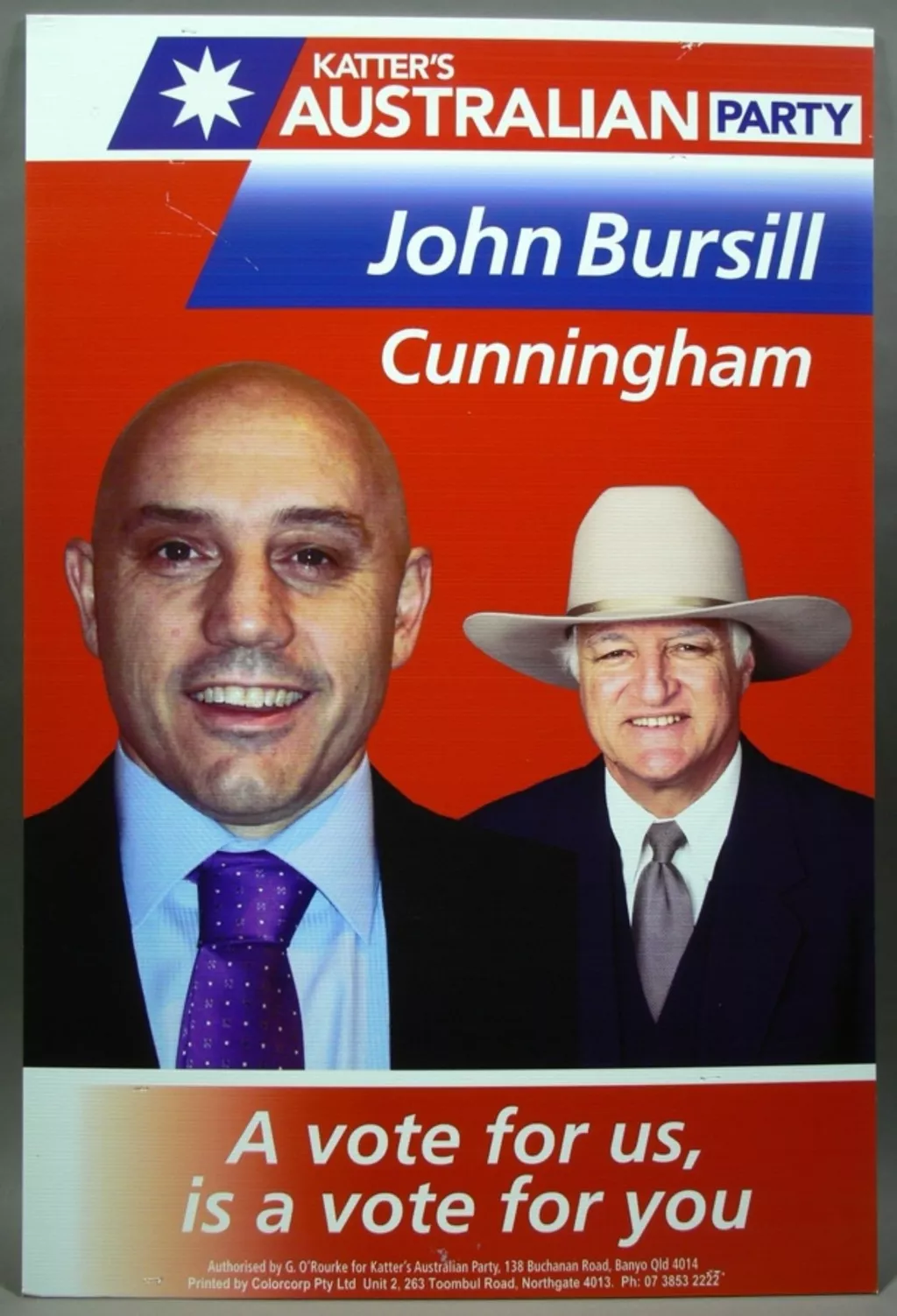
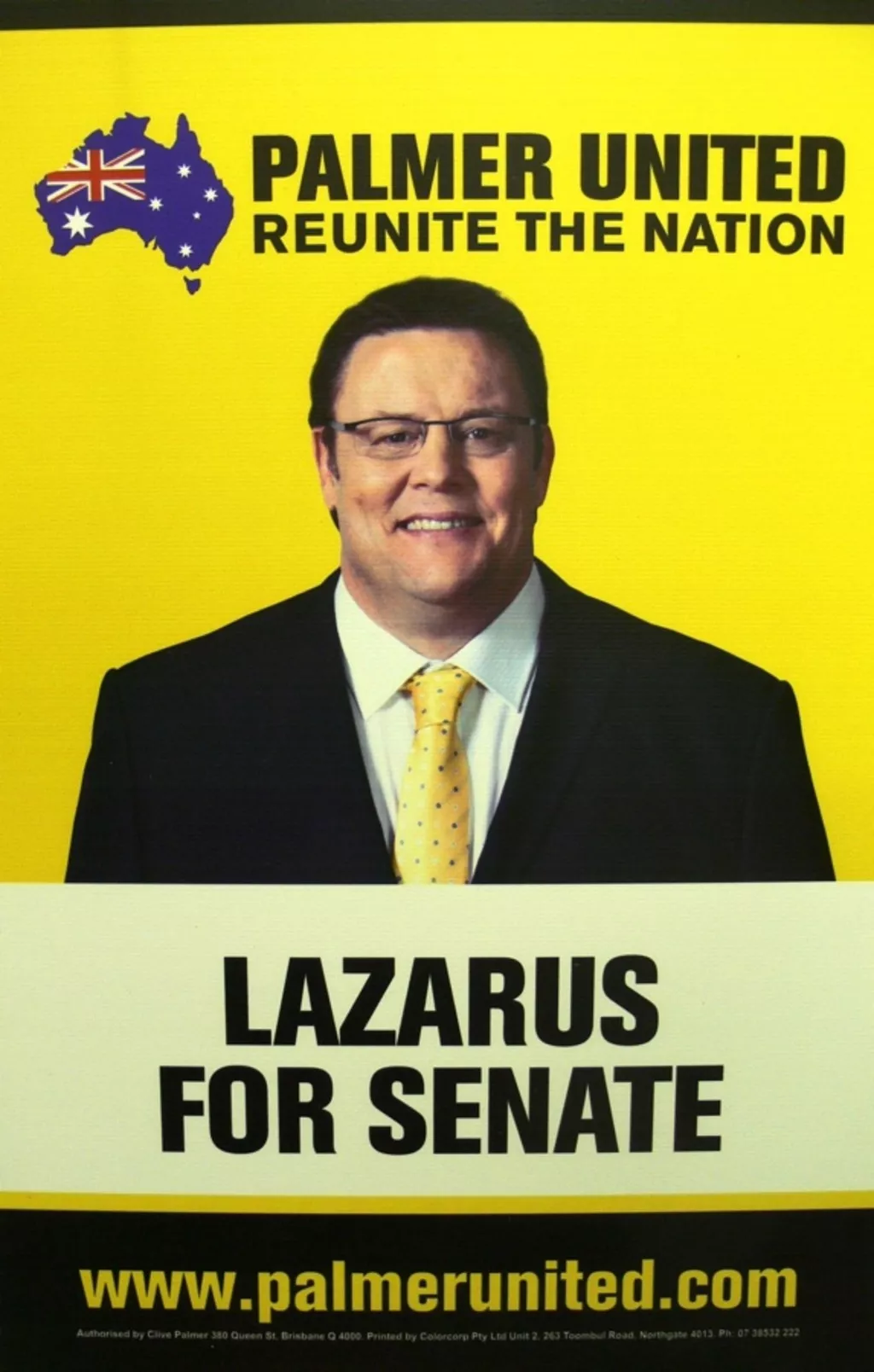
Left: Poster for Katter's Australian Party, 2013.
Right: Poster for Glenn Lazarus and Palmer United Party, 2013.

